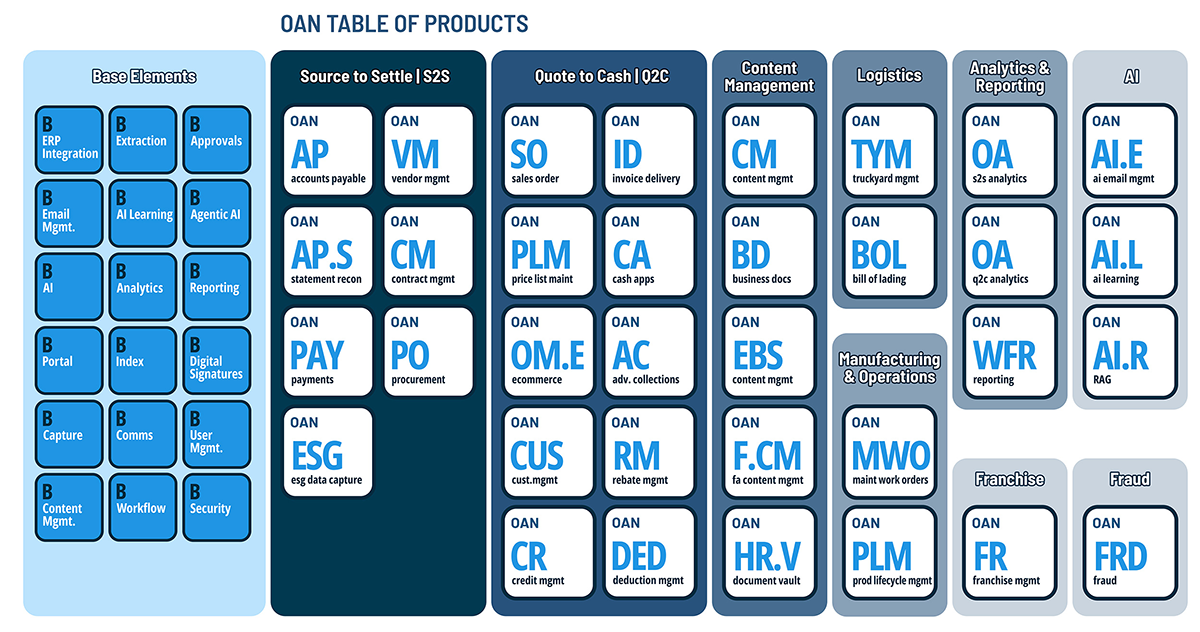For decades, tax and regulatory reporting have been treated as baseline compliance functions—essential for business continuity, yet often relegated to siloed departments and inefficient manual workflows. But today, this paradigm is shifting. As global tax frameworks evolve and regulatory scrutiny intensifies, CFOs are being called upon to lead not only compliance execution but also compliance strategy.
This evolution has triggered a corresponding shift in how companies manage financial reporting, tax filings, and audit preparedness. The new frontier is automation—and those who embrace it are moving beyond compliance to achieve efficiency, accuracy, and even a competitive advantage.
The Expanding Burden of Regulatory Complexity
Regulatory complexity is increasing across jurisdictions and industries. Governments are tightening reporting mandates, accelerating filing deadlines, and increasing pressure to disclose environmental, social, and governance (ESG) metrics alongside traditional financial information. From BEPS 2.0 and e-invoicing mandates to real-time VAT reporting and ESG frameworks like CSRD, staying compliant is no longer a once-a-year effort—it’s a continuous, data-driven obligation.
Manual reporting processes struggle under this pressure. Legacy workflows are prone to error, require costly labor hours, and make it nearly impossible to produce reports that meet both compliance and strategic goals. In many cases, finance teams spend more time gathering data than analyzing it.
For modern CFOs, this is no longer acceptable.
Why CFOs Are Taking Ownership
Historically, tax and regulatory reporting may have been outside the CFO’s immediate domain, often handled by specialized compliance officers or external firms. But this fragmented approach often limits visibility, slows response times, and undermines strategic agility. Today’s finance chiefs are expanding their oversight and integrating compliance functions directly into the broader financial architecture.
This shift is driven by several critical priorities:
- Data governance and traceability
Tax and regulatory disclosures rely on accurate, auditable data. CFOs are best positioned to enforce standardized financial controls and ensure alignment across systems. - Operational efficiency
Finance leaders are under pressure to reduce overhead and streamline workflows. Automating reporting processes delivers immediate ROI through labor reduction and improvements in cycle time. - Audit readiness
In an era of real-time reporting and digital audits, finance teams must be prepared to produce compliant documentation on demand. Automated systems help ensure clean audit trails and timely submissions. - Strategic alignment
Regulatory reporting is increasingly being viewed not just as a cost, but also as a source of valuable insights. When data is clean and accessible, CFOs can extract metrics that inform broader planning, risk mitigation, and ESG strategies.
Automation: From Data Gathering to Disclosure
Tax and regulatory automation platforms integrate with enterprise resource planning (ERP) systems, accounting software, and compliance databases to streamline everything from data capture to final submission.
Key capabilities include:
- Real-time data aggregation
Automated tools extract data from multiple systems—such as AP, AR, payroll, and procurement—and map it to regulatory reporting structures without requiring manual re-entry. - Validation and reconciliation
AI-powered logic checks for missing fields, incorrect mappings, or out-of-threshold variances, reducing the risk of submission errors or audit flags. - Country-specific templates and workflows
Automation platforms are continually updated to meet the latest requirements by jurisdiction, thereby minimizing the need for manual interpretation of new rules. - Audit trails and document retention
Every action is logged, creating a secure digital trail that simplifies internal audits, external reviews, and annual certifications. - E-filing integration
Many tools support direct submission to tax authorities or regulatory bodies, eliminating the need for multiple portals or manual uploads.
The net result: faster cycle times, reduced error rates, and significant cost savings—especially as businesses scale or expand globally.
From Reactive to Proactive: The Strategic Value of Automation
Beyond operational improvements, tax and regulatory automation can unlock broader strategic benefits:
- Cash flow optimization
Better timing and visibility into tax obligations help CFOs plan more effectively and avoid unnecessary penalties or overpayments. - Risk mitigation
Automated alerts and validations catch issues before they become violations—whether that’s a miscategorized expense, missing tax ID, or incorrect currency treatment. - Cross-functional alignment
When compliance data is standardized and accessible, it can support procurement decisions, ESG disclosures, treasury planning, and investor communications. - Competitive differentiation
Companies that demonstrate a strong compliance posture and reporting agility are viewed more favorably by regulators, partners, and stakeholders, thereby building reputational trust and a strategic advantage.
Real-World Implications for the Finance Organization
Embracing automation in tax and regulatory reporting also affects talent allocation and team structure. Instead of dedicating high-value finance professionals to repetitive data collection and formatting, CFOs can reassign those resources toward analytics, scenario modeling, and strategic planning.
Additionally, organizations can be more agile in the face of policy changes. Whether responding to new ESG frameworks, evolving sales tax regulations, or geopolitical shifts in trade regulations, an automated compliance infrastructure enables businesses to adapt without disruption.
How oAppsNET Supports Reporting Agility
While every company’s reporting needs are unique, the fundamentals remain consistent: data accuracy, workflow efficiency, and regulatory readiness.
At oAppsNET, we understand the urgency and complexity of financial reporting in today’s regulatory environment. Our solutions are designed to integrate seamlessly with your existing financial systems, enhance reporting transparency, and support informed strategic decision-making.
Whether your goal is to reduce manual effort, increase audit confidence, or align tax operations with your global strategy, oAppsNET provides the tools and expertise to help you succeed.
Tax and regulatory reporting no longer has to be a burden. With the right digital tools, CFOs can reduce reporting friction, ensure accuracy, and transform compliance from a reactive function into a proactive advantage. Let us help you bridge the gap between finance, compliance, and automation. Contact us to learn how we support smarter financial operations at scale.

